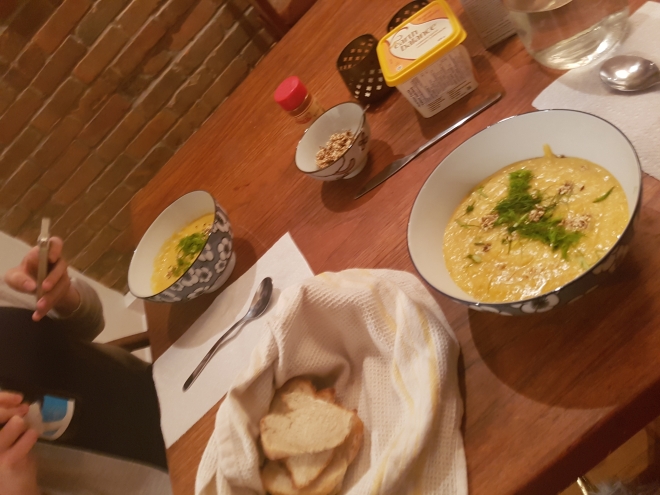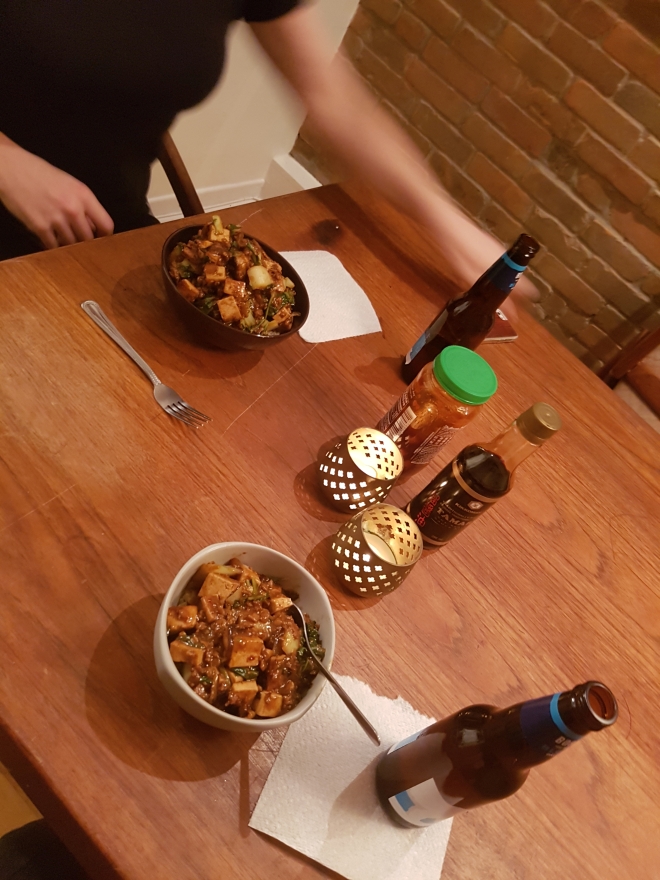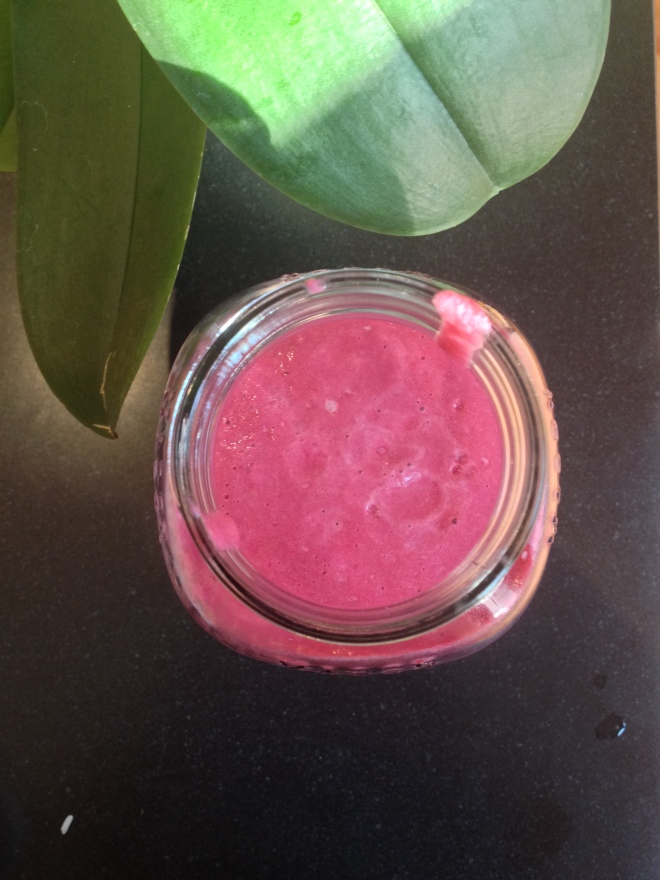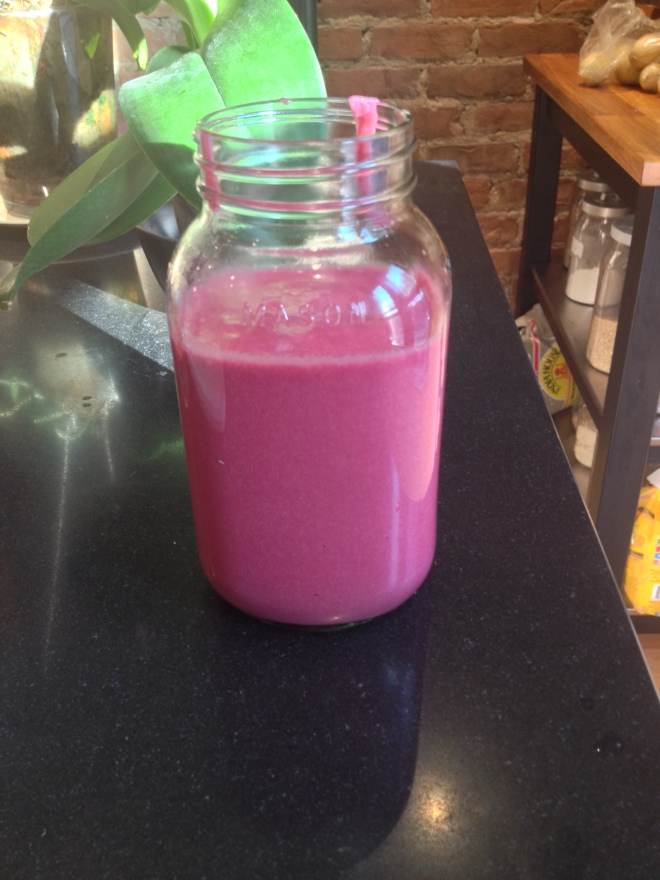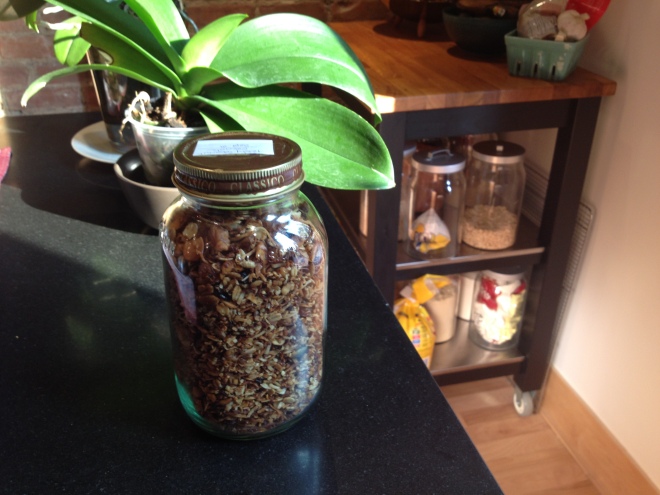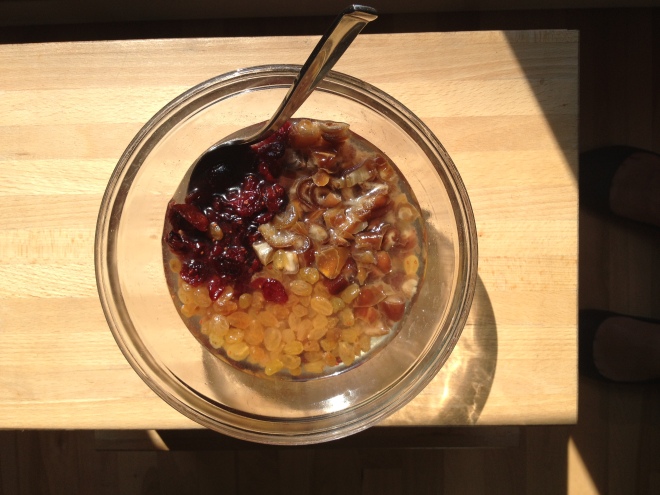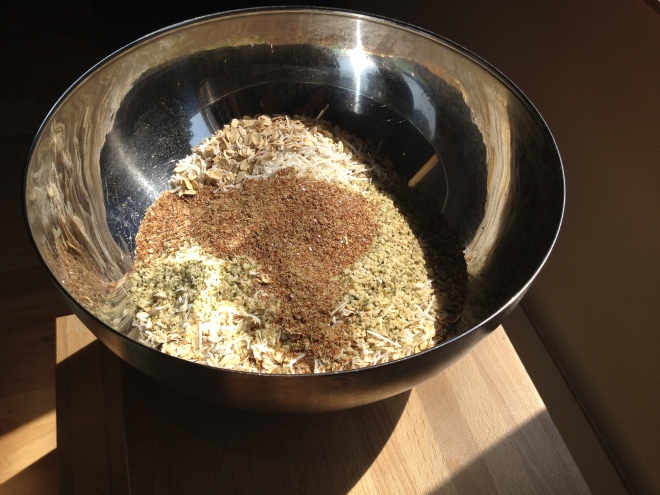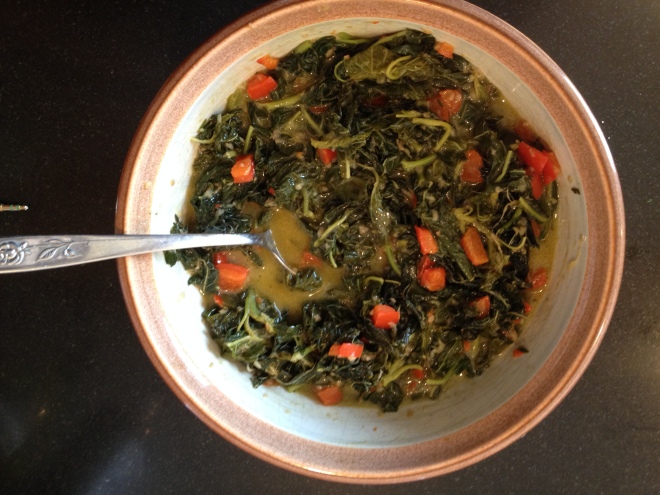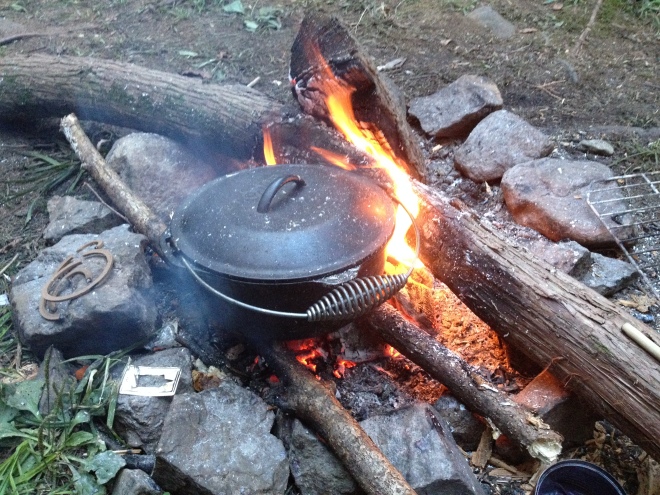Yes, more squash. I like to think of my current fixation on it as dedication to efficiency, not lack of imagination. It’s not even in my top-5 favourite vegetables. But cutting a squash in half and sticking it in the oven for an hour to get 8-10 servings of veg is a pretty good prep-to-payoff ratio. I can easily kill an hour processing vegetables for a dinner with friends. Bypassing some of that nonsense is kinder to my hands. It’s also 76 cents a pound right now, and moving is expensive, folks. So, winning all around.
This recipe only requires cutting your squash in half or quarters. Most recipes require quite a bit more prep, however, and that can be a daunting prospect. Peeling and chopping squash objectively sucks, I highly recommend you just don’t do it. But how else am I supposed to get to that delicious squashy goodness, you may ask. Well, here you go:
- Buy it pre-chopped and peeled, either frozen or fresh, if you can afford to.
- Pick a softer, hollower squash that doesn’t require peeling, like Delicata. Acorn is fine but unwieldy and getting it out of the skin, even when roasted whole, is obnoxious.
- Invite someone who is trying to impress you over for dinner and get them to do it.
- Pick a squash whose narrowest part is smaller than your biggest knife. Never make a cut longer than the length of your knife unless you know what you are doing, you have recently sharpened your knife, and you are extremely confident in your grip strength as it pertains to deadly weapons.
- Smashing a squash against the sidewalk is a totally legit way to crack it open. Just rinse it off after. The sidewalk, and the squash.
- Use a sharp peeler that pulls vertically, not horizontally. You want to use your larger muscle groups in cooking as much as possible to avoid strain.
- If you can afford it, use tinned pureed pumpkin or butternut squash. It’s perfectly fine for these recipes.
- Roast your squash cut side down in a couple inches of water in a deep baking tray, or cut side up and rubbed in a bit of oil. Either way, generously line your pan with foil so you don’t have to wash it. I usually do a 400 degree oven and start checking for doneness at the 45 minute mark. You want to bake it until your butter knife slides through the thickest part of the squash like… butter. Let it cool for a bit before scooping the squash out of the skin so you don’t burn your sweet self.
Keeping with the theme of flavour groupings, these two recipes start with a roasted squash that you puree into a sauce, but they taste wildly different. They both have miso, and a wine of sorts. But while the pasta sauce is creamy, cheesy and delicately herbed, the soba noodle sauce is gingery-sweet with mirin and a lot more miso to balance the heat. One baked butternut squash is enough for both sauces, so while your blender is out, go ahead and make both. Freeze one, or use them both over different meals in the same week.
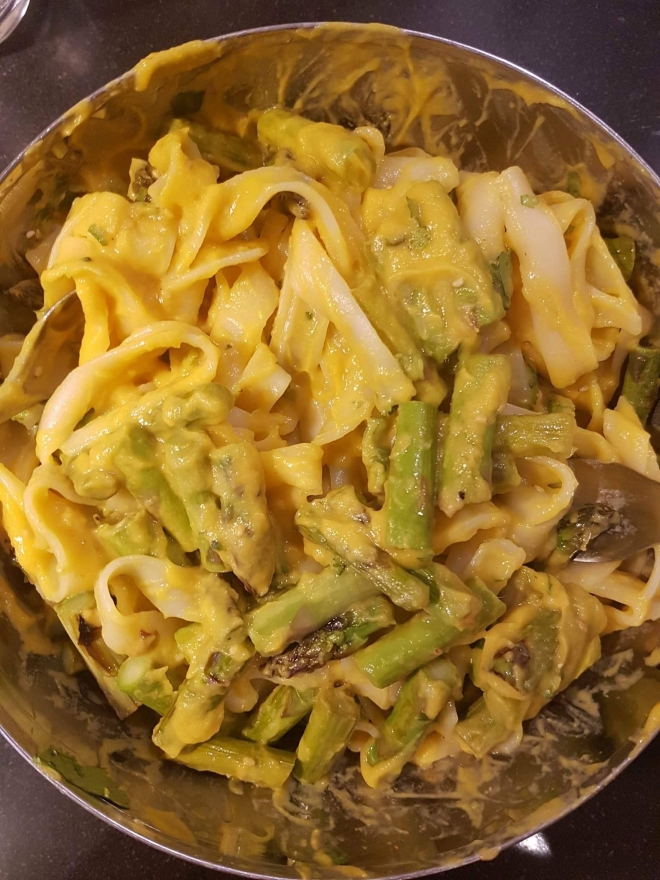
Miso Ginger Butternut sauce with broad rice noodles and grilled asparagus. It is way tastier than it looks, I promise.
Butternut Alfredo Sauce
Inspired by Isa Does It, by Isa Chandra Moskowitz
1/2 c cashews, soaked for at least 2 hours (or 2 tbsp cashew butter (preferably raw) blended into 1/3 c water)
1 1/2 c strong vegetable broth (I like a leek-heavy one for this)
1 1/2 c roasted winter squash
2 tbsp white miso
2 tbsp nutritional yeast
1 smallish clove of garlic, pressed
1/2 tsp dried sage and/or thyme and/or tarragon
White pepper, if you have it. If not, use whatever. If you’re feeling French, grate in the tiniest smidge of fresh nutmeg.
1/4 c dry white wine (I like a dry, oaky chardonnay for this)
Blend the cashews/ cashew butter into the broth. If your blender sucks, start with less broth and add slowly. It is easier to blend smoothly into the least amount of liquid possible. Scrape down the sides as needed. Don’t stress, you got this. Add all the other ingredients and blend away until perfectly smooth or you get tired of fighting with your blender, whichever comes first. Ta da. No need to cook really, if you’re serving this with pasta or gnocchi just toss it back into the pot after you’ve drained it and stir in the sauce. The residual heat will be enough to warm the sauce for serving. Probably eat a green vegetable, while you’re at it. A side of garlicky sauteed chard is nice.
Miso/ Ginger Butternut Sauce
2 c roasted winter squash
1/3-1/2 c white miso
1/4 c good, strong mirin
1/4 c olive oil
3 tbsp toasted sesame oil
1.5 tbps grated fresh ginger
1 clove pressed garlic
Optional: if you’re digging the dragon sauce vibes here and want a typical dragon sauce with a squash base, add a tbsp each tahini and maple syrup, and 3 tbsp nutritional yeast. Should be about perfect.
Blend everything in the blender. It should be easy peasy. Toss with hot soba or rice noodles. I served it with grilled asparagus, sesame seeds, and some sliced cilantro and scallion. But whatever, it can carry it’s own weight on the plate. Steamed bok choy in lemon and tamari would be good, too.

